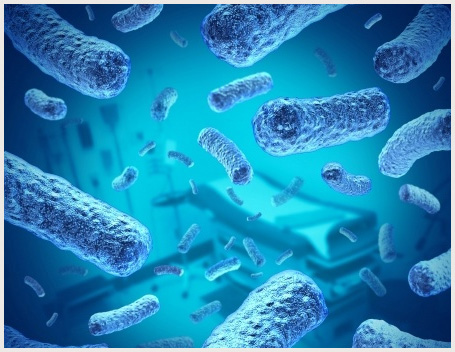
When most individuals think about evolutionary theories, Charles Darwin’s On the Origin of Species often comes first to mind. His insightful analysis of evolution through natural selection and descent by gradual modification has dominated our debate since his publication of On the Origin of Species in 1859. However, multiple alternatives continue to be debated and there were theories of evolution before his time. Among these was a one advanced by Jean-Baptiste Lamarck in the early nineteenth century. He proposed that individuals can gain or lose capacities based on their advantageous use or lack of use. Therefore, individuals can inherit features from their ancestors based on their pattern of use. Examples that are often presented include giraffes stretching their necks to reach leaves thus imparting slightly longer necks to…Read More

The single most pressing consequence of climate change, whether global or localized, will be in the shifting patterns and spread of infectious disease. Substantial alterations in temperature and humidity can directly relate to the distribution and virulence of many microbial pathogens, no matter the underlying cause. This correlates with the rich complexity and diversity of all ecologies in which pathogens thrive. So shifts in the distribution of vegetation, the dispersal and range of animal predators or their prey, or distortions in the variety, concentration or specific strains of vectoring insects or other disease-carrying organisms can all influence the transmission of pathogens or their relative abundance. Support Many researchers believe that this effect can be currently observed. For example, malaria[1] spreading to…Read More

A recent article in LiveScience proclaims that ‘Microbes may have caused Earth’s biggest extinction’. The findings are part of a new study in the Proceedings of the National Academy of Science, ‘Methanogenic burst in the end-Permian carbon cycle’. The authors believe that there was a rapid burst of microbial activity triggered by massive volcanism in the end-Permian period that released enormous amounts of methane into the atmosphere. A cataclysmic extinction event resulted 252 million years ago that is estimated to have killed as much as 90% of life on the planet over the course of approximately 20,000 years. Their conclusions are based on recent research suggesting that a surge of carbon dioxide levels in the atmosphere dates to the end-Permian extinction occurring in the same geologic…Read More

Insight into biologic processes can sometimes be gleaned from unexpected sources. Harvard University researchers have designed and programmed a group of tiny robots to mimic the basic building strategies of termites. The robots are equipped with sensors and can assess their surroundings and collaborate through an innovative technique modeled on swarm intelligence. Lee Hotz in the Wall Street Journal (Feb. 14, 2014) quotes Justin Werfel, a staff scientist at the Wyss Institute for Biologically Inspired Engineering at Harvard University, “Every robot acts independently, but together they will end up building what you want”. The experiment demonstrated that the robot swarm can build a variety of shaped structures such as castles and pyramids out of foam bricks. Each individual robot can…Read More

